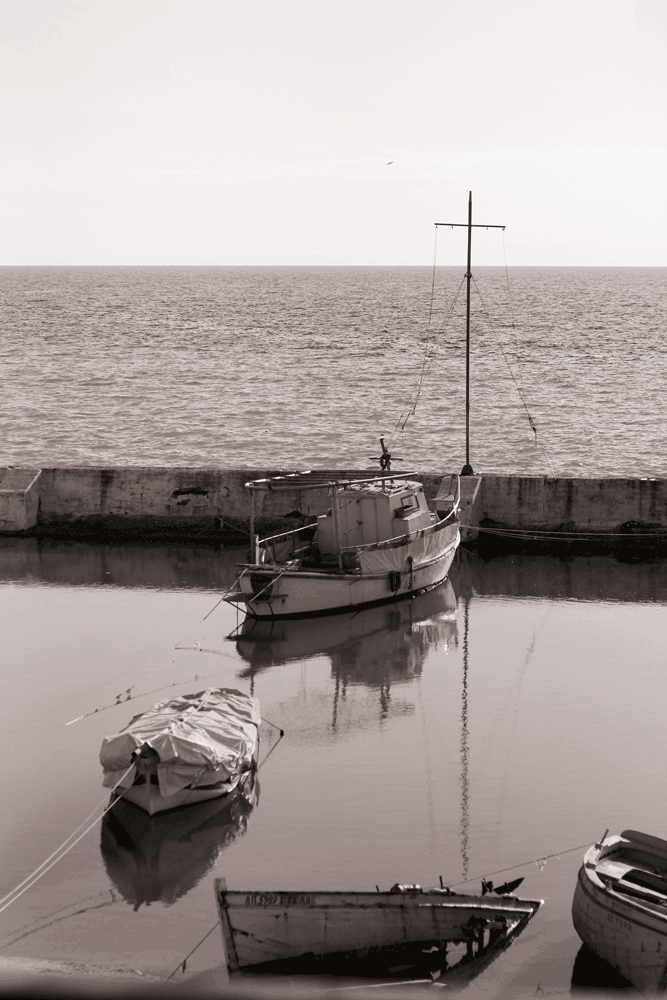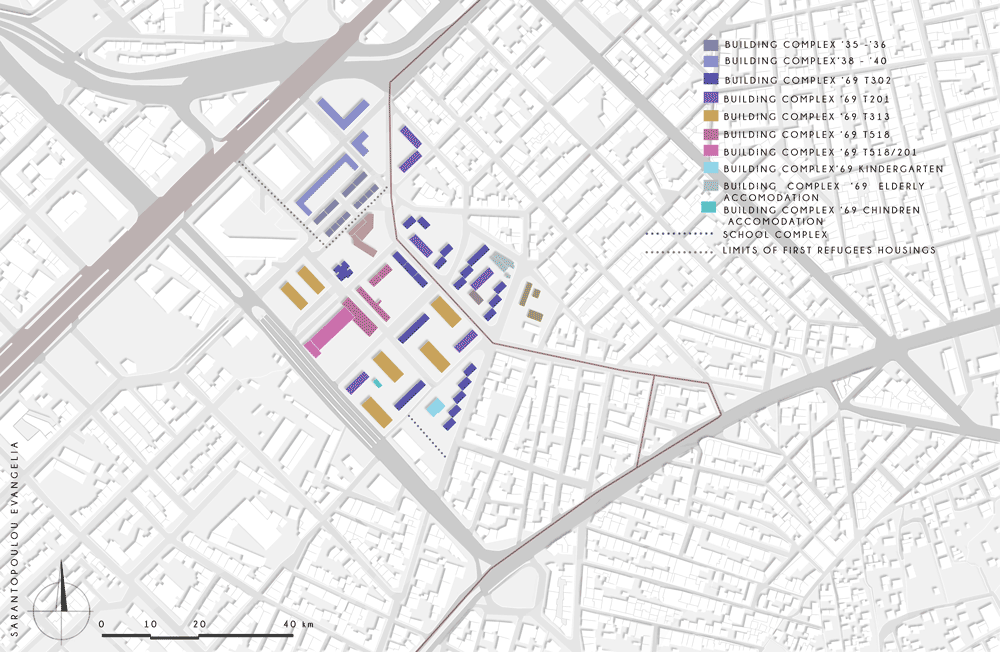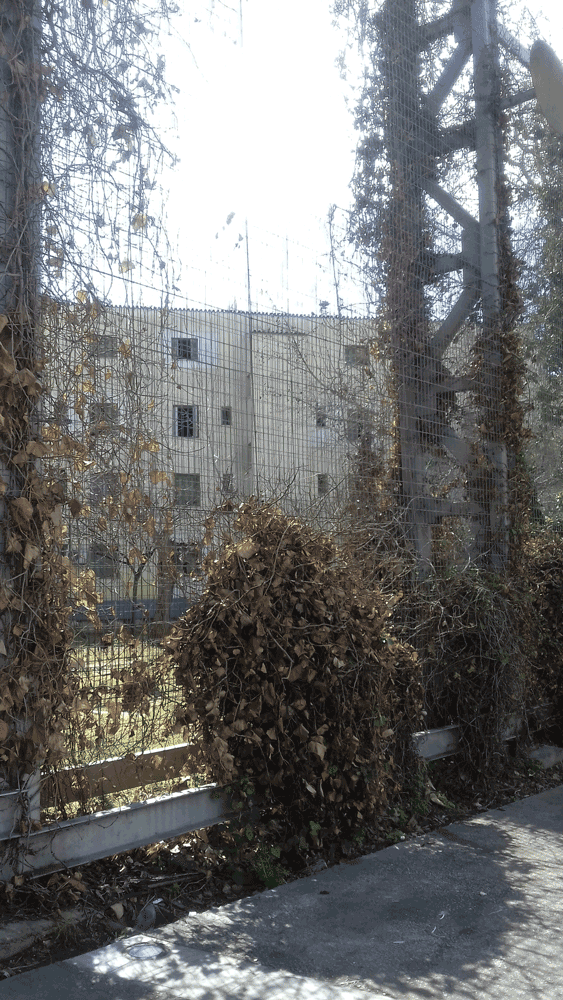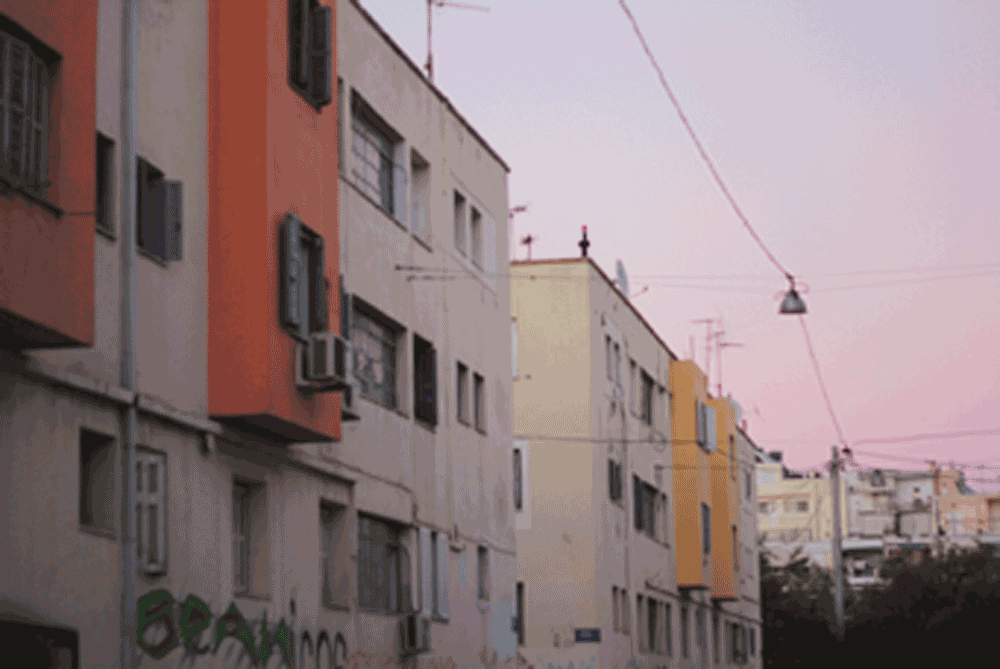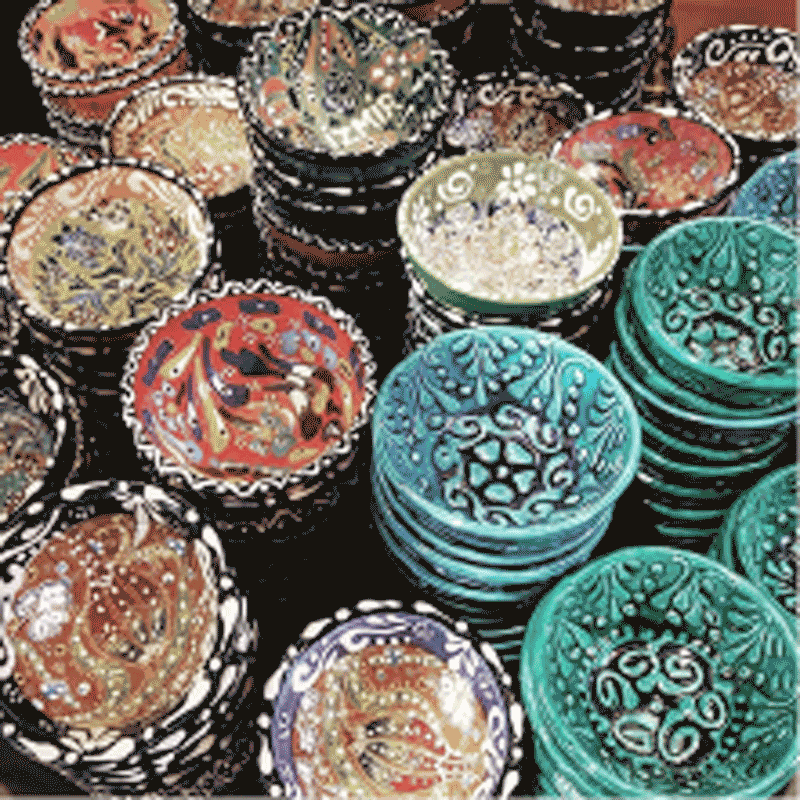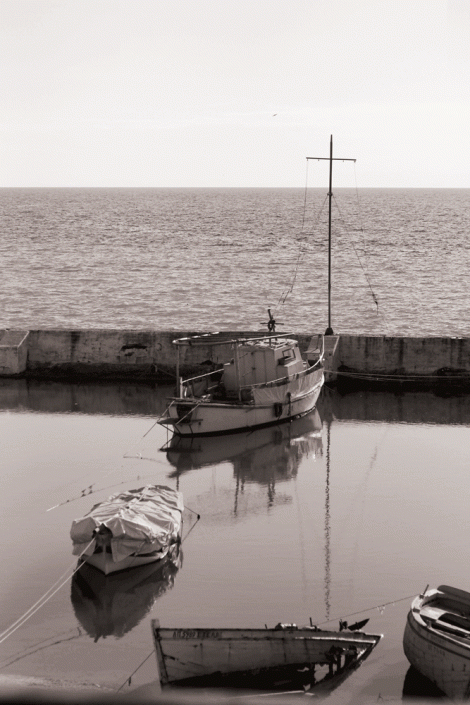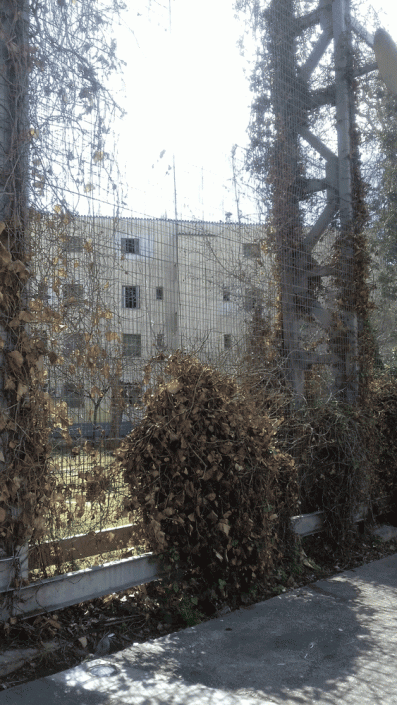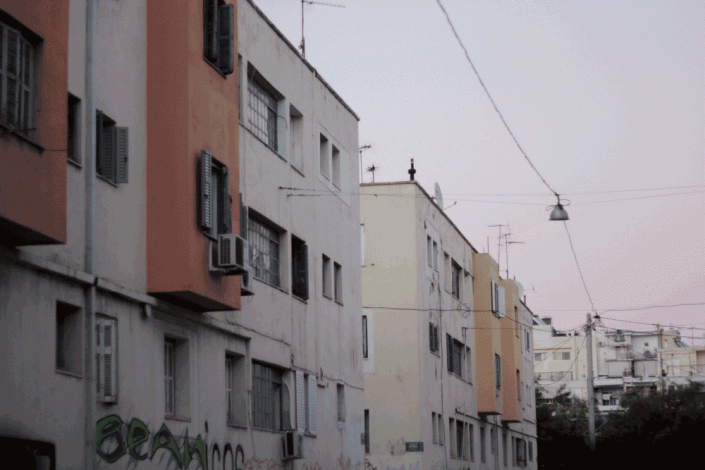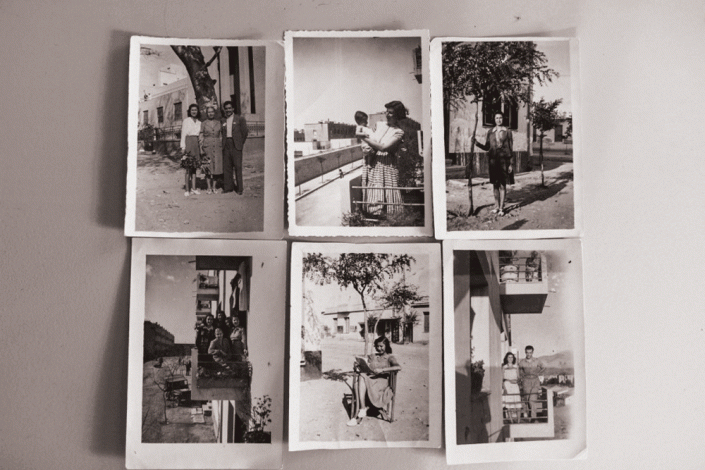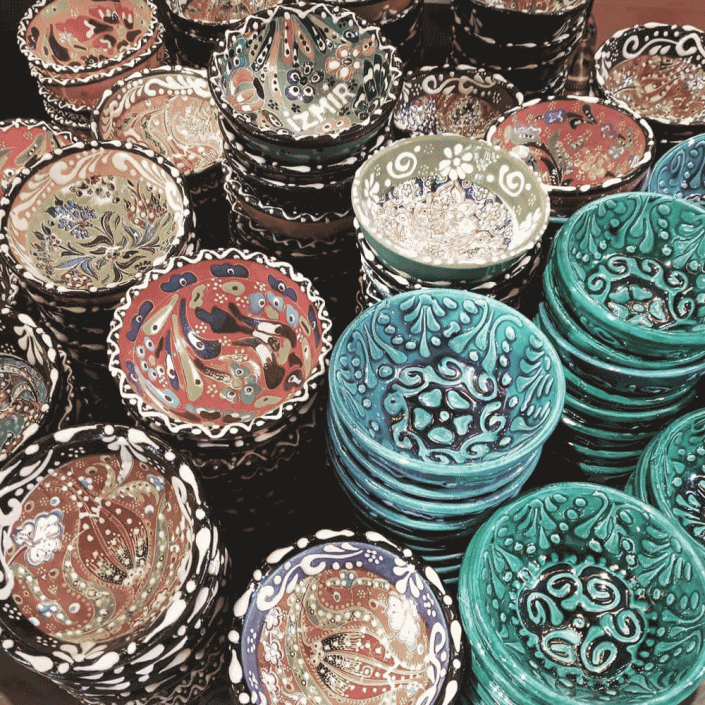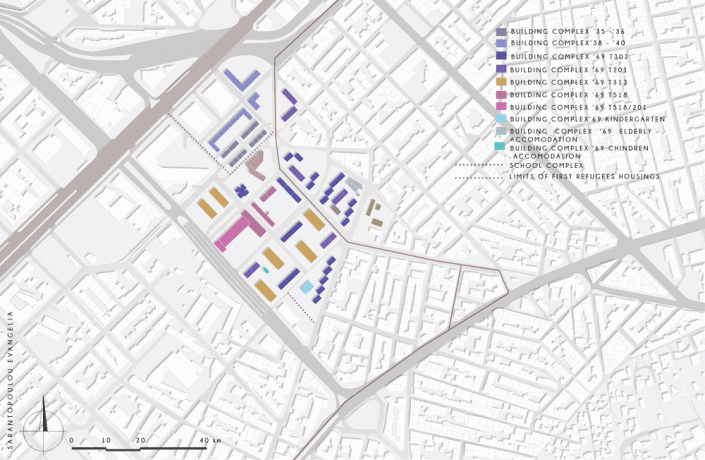Heterotopia Dourgouti: The spatial and social change of a place from the Asia Minor catastrophe to modern immigration
Sarantopoulou Evangelia
Housing, Quartiers, Social Structure
2021 | Jan
The neighborhood of Dourgouti, even today, is a distinct and clearly defined urban environment inside the fabric of modern Athens. Today’s migrants, are “undesirable” as were the first inhabitants of the area, the refugees of Asia Minor. They revive “unwanted” buildings, socialize in public spaces in the neighborhood and redefine its living conditions. Based on Foucault’s heterotopia principles, I am attempting here to explore the characteristics of this neighborhood, not only in terms of its character, but also in terms of its interaction with the city. Culture, habits, social patterns, the acquired way of habitation are elements which together with individuality, collegiality and memory created the current landscape of this neighborhood and its narrative.
Perhaps, in the past, we would define the community as a neighborhood, not only with geographical boundaries but also with certain shared functions and social relationships between its inhabitants. The present-day community in the case study area could be defined as the random product of the choices of individuals who possibly have many identities. The landscape of multiple identities that emerges in the neighborhood of the Neos Kosmos offers us a new method of managing the “multicultural” reality of Athens. It is an opportunity to look at urban space from another perspective and a challenge to imagine the city we want. By understanding the way immigrant neighborhoods like this are constructed and they way they function, new and different approaches could emerge and influence the spatial and urban planning of Athens [1].
Heterotopia Dourgouti: The spatial and social change of a place from the Asia Minor catastrophe to present-day immigration
| «There are also places of this kind which are outside of all places, even though it may be possible to indicate their location in reality. Because these places are absolutely different from all the sites that they reflect and speak about, I shall call them, by way of contrast to utopias, heterotopias» (Foucault 2012: 260) (Photo 1). |
The neighborhood of Dourgouti, even today, is a distinct and clearly defined urban environment in the fabric of modern Athens. Today’s immigrants, are “undesirable” as were the first inhabitants of the area, the refugees of Asia Minor. They revive “unwanted” buildings, socialize in the public spaces of the neighborhood and redefine its living conditions. The neighborhood of Dourgouti, therefore, is first of all a residential complex bounded by Siggrou Av. and Ilia Iliou Av., two “hard” boundaries which cut the neighbourhood off from the surrounding area which is dominated by apartment blocks. At the same time, the neighborhood of Dourgouti, is also a distinct social environment. The housing stock of refugee [2] and low rent apartment buildings attracts mainly economic migrants, who arrive in Greece in search of work. This is not, of course, an absolute rule, since many descendants of Asia Minor refugees and Greek immigrants of the 2nd, 3rd and 4th generation live there. In other words, the area maintains a specific social structure, distinct from that of the surrounding area (Βαΐου Ντ. 2007, Μυωφά & Παπαδιάς 2016).
Photo 1: No escape, landing on P. Faliro
Source: Personal file
The coexistence of the “indigenous” inhabitants of the neighborhood with the new “immigrants” does not cause any particular problems, although their identities and cultures are distinctly different. Perhaps because, over time, the presence of the refugee and immigrant populations, especially Armenians, was strong there.
Based on the principles of heterotopia, I will try to explore further the characteristics of this neighborhood, not only in terms of its character, but also in terms of its interaction with the city. On the basis of the first principle, there is, probably, no society and culture in the world that does not create heterotopias. This is a constant tradition of every human group (Foucault 2012: 261).
Thus, “the solution to the problem of housing”, during the Asia Minor refugee settlement as well as during the internal immigration period and present-day immigration, has presented refugees and immigrants as individuals distinct from the rest of society and its culture. As a result, these social groups live separately, in enclave areas for those excluded. These are spaces for those with a different identity and, as a result, it was considered that they ‘must’ reside ‘there’.
On the basis of the second principle of heterotopia, as its history unfolds, a society can make an existing heterotopia which never disappeared, to function in a very different fashion (Foucault 2012: 263). Indeed, in this case study, the general use has always been the same, that of housing for refugees and immigrants. For the “outside” society, in every different period of time, the region seems the same, an area in where refugees and immigrants reside.Previously from Armenia and Asia Minor, now descendants of them and developing world immigrants. In the meantime, however, Dourgouti evolved from a slum to a neighborhood with refugee housing complexes and, later on, apartment buildings of the Ministry of Welfare, maintaining the housing use, in a different form and under different conditions. Today, despite maintaining the same general use, the neighborhood operates under different mechanisms. Within its “hard” limits, different cultures develop and new rules, terms and relationships of coexistence are formed.
The third principle, that a heterotopia is capable of juxtaposing several spaces , several sites that are in themselves incompatible, in a single real place (Foucault 2012: 264), is perceived in our example with the current locations of the inhabitants. We observe separate places of residence of old and new immigrants, places that may be adjacent but are foreign and different from each other. Young immigrants mainly live in the first refugee buildings of 1935 and 1940, while the old immigrants live in the “people’sapartment buildings” of 1969 (Map 1).
Map 1: Old Buildings
Source: Personal file, Visit Providence 8/3/2019
Heterotopias are most often linked to slices in time. The heterochronies are the fourth principle (Foucault 2012: 265). The neighborhood of Dourgouti could be seen as a heterotopia of time, where “the form” of the refugee element accumulates. Buildings that with their presence constitute a “monument” that identifies forms of mass habitation based on the modern movement and western culture of the 20th century. Two forms of modernity in the modern fabric of Athens.
Heterotopias always presuppose a system of opening and closing that both isolates them and makes them penetrable. In general, the heterotopic site is not freely accessible like a public place. (Foucault 2012: 267). According to the fifth principle such a place has limits. The expressways that bound the area can be considered harsh physical boundaries and a control zone, in combination with the metal wall (Photo 2) used to hang a promotional poster of the 2004 Olympic Games in Athens.
A gesture that, for some residents, was made at this point to hide the neighborhood probably from those who move along Siggrou Avenue (Αυγέα 2014). Boundaries that are not only an impression on the map but also the understood boundaries of the area, creating the enclave that stands out from the surrounding area.
Photo 2: Metal wall, the “artificial border”
Source: Personal file
Thus, the area becomes an enclave of protection, protecting those inside, but also those outside it. It is therefore either a privilege, a conditional right, a conviction or a fate, the enclave legitimizes through the exception the ultimate guarantee of security (Σταυρίδης 2010: 23).
The sixth and last trait of heterotopias is that they have a function in relation to all the space that remains. Playing the role of a “the general organization of terrestrial space” (Foucault 2012: 268) as in the case of the colonialists. We note, therefore, that the area becomes a place of residence for various immigrants who inhabit it according to the standards and habits of their culture, but within a strict provision imposed on them. The modern movement set specific categories of people in certain places, forgetting that in addition to the assimilation these inhabitants wanted they also wanted their right to free choice. Perhaps, then, in the past, we would consider the community as a neighborhood, not only with geographical boundaries but also with certain shared functions and social relationships between its inhabitants. A desire that may not have been studied in design, but implemented by the inhabitants themselves in their own way. In the prefabricated houses of the Yerania of Kokkinia of 1927, the lack of space was evident, which was addressed by the residents with extensions to the uncovered space and with ventilation grilles which revealed underground bedrooms, living rooms and kitchens (Hirschon 2004: 125-140). A situation that would apply to a large extent in Dourgouti. In the refugee buildings of the 1940’s, young immigrants from low income countries maintain either a more communal system of habitation or the formal layout of modern apartments, incorporating in any case elements of their culture, mainly carpets, furniture and cooking utensils, curves, designs and colors. In the case of the proletarian “popular” apartment buildings the current residents, due to lack of space, have made additions and extensions to f the apartments while in the interior the majority are renovated with few objects of their ancestors, mainly photographs. In each period of time, the inhabitants convert the buildings according to their needs and parts of the past live in these houses, not only as physical objects, but also as a narrative of memory. It is not enough, therefore, only for the freedom of choice, in the way of habitation.It is also necessary for freedom of expression inside and outside it, as is evident with the activities of the inhabitants in public space, in an effort not only to highlight their identity, but also to communicate with the society in which they wish to join. Movements and actions are a response to marginalization.
Perhaps, then, in the past we identified the community as a neighborhood, not only with geographical boundaries, but also with certain shared functions and social relations between its inhabitants. Today, in our case, it may have been defined as the random product of choice of many individuals and possibly of many identities. This multi-identity landscape, which is emerging in the neighborhood of the Neos Kosmos, offers us a new method of managing the “multicultural” reality of Athens, an opportunity to look at the urban space in general from another perspective and finally a challenge to review the city we want. Understanding the way immigrant neighborhoods like this are built and operated, new and different approaches could be integrated into the spatial and urban planning of Athens (Στεφάνου 2010: 15).
| « This problem of the human site or living space is not simply that of knowing whether there will be enough space for men in the world—a problem that is certainly quite important—but also that of knowing what relations of propinquity, what type of storage, circulation, marking, and classification of human elements should be adopted in a given situation in order to achieve a given end. Our epoch is one in which space takes for us the form of relations among sites » (Foucault 2012: 257). |
| « In other words, we do not live in a kind of void, inside of which we could place individuals and things. We do not live inside a void that could be colored with diverse shades of light, we live inside a set of relations that delineates sites which are irreducible to one another and absolutely not superimposable on one another » (Foucault 2012: 259). |
The complexes of refugee and “popular” apartment buildings of Dourgouti are rare forms of mass expression of the modern movement of the 1940s and 1970s. They are part of history, places of memory and, therefore, buildings in need of protection (Photo 3). However, in addition to maintaining and protecting their architecture, it is also important to care for the human relations that develop inside and outside them.
Photo 3: Modern Movement Forms
Source: Personal file
We note that, in the case of the refugees of ’22, the refugees and the state wanted their integration through their housing and professional rehabilitation. Nevertheless, they themselves have formed their own identity for which they are proud, maintain it and redefine it in the new places, having as basic principles the home, the family and the community. They transfer their values even to objects (Figure 5) that may not have been brought from their motherland, but they gave these new objects the importance they were given in their culture. These objects were not only functional but also carriers of ideas in the new place of residence of the refugees. In the 1980s calls to identify people who had perished in the 1920’s(Hirschon 2004:250) were still broadcast daily. While, young refugees in particular follow the current assumptions about city life and its modern character (Hirschon 2004: 404). Over time, they are upgraded, they become “modern” but they do not forget.
Photo 4: The Image of Memory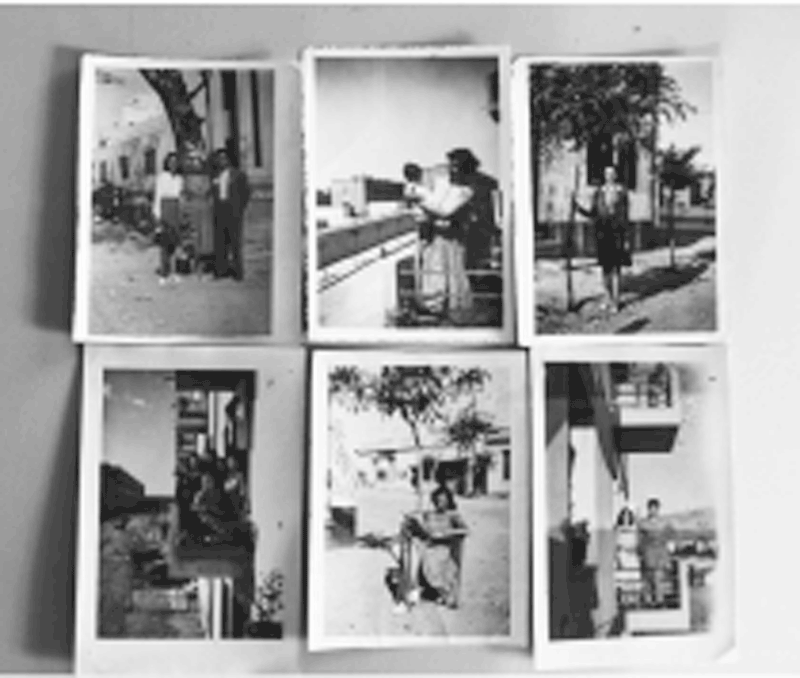
Source: https://www.lifo.gr/
Modern refugees, on the other hand, have not been dealt with a comprehensive plan by the state. They are “more temporary residents” and find their own shelter and work with the help of their compatriots. They also retain their cultural identity which express it perhaps more strongly in the space by giving uses to it. They also create new ways of habitation based on the conditions of habitation of their homeland, but also the Western standards. They use objects every day that remind them of their place but at the same time, they also enjoy technological achievements in order to be informed about it.
Through the descriptions, we observe that “thoughts about man and his life between buildings and his experiences, attribute the history and psychogram of the people of the time. A time when a piece of it may still live around us” (Benjamin 2004: 162). A wandering that traces her and her findings coexist, by giving meaning to us in the now and creating a narrative of excerpts with an emphasis on the collective memory of the refugees of ‘22 and the many individual memories in the case of “new-immigrants”.
Photo 5: Shapes and colors in Iznik ceramics of today’s Izmir
Source: Personal file
Despite the modern form and rules that accompany it, these apartment units are inhabited by the standards of immigrants, their needs and their wants. Objects (Photo 5) that decorate a space and are considered unnecessary in a standard modern apartment, here are considered necessary, pieces of memory and make this space an indifferent space. A space that lives closed initself and, at the same time, surrenders to the dense fabric of the city. A common and strict form of mass expression within it hides in time many identities and ideas that the architects of the time may not have expected and did not plan, but the need of the inhabitants for the memory of the past and the habits of habitation of civilization gave them this otherness.
[1] This entry resulted from the 9th semester Dissertation project, School of Architecture NTUA, June 2018-2019, Scientific supervisor: Kostas Tsiampaos
[2] This refers to Asia Minor refugees from the 1920s
Acknowledgments
I would like to pay my special regards to my supervisor Professor Kostas Tsiampaos
Entry citation
Sarantopoulou, E. (2021) Heterotopia Dourgouti: The spatial and social change of a place from the Asia Minor catastrophe to modern immigration, in Maloutas T., Spyrellis S. (eds) Athens Social Atlas. Digital compendium of texts and visual material. URL: https://www.athenssocialatlas.gr/en/article/heterotopia-dourgouti/ , DOI: 10.17902/20971.100
Atlas citation
Maloutas T., Spyrellis S. (eds) (2015) Athens Social Atlas. Digital compendium of texts and visual material. URL: https://www.athenssocialatlas.gr/en/ , DOI: 10.17902/20971.9
References
- Αυγέα Μ (2014) Μια βόλτα στο Δουργούτι, Ένα παράλληλο σύμπαν στον Νέο Κόσμο. Athens Voice. Available from: https://www.athensvoice.gr (ημερομηνία πρόσβασης 7 Ιούνιος 2019).
- Βαΐου Ν (2007) Διαπλεκόμενες καθημερινότητες και χωρο-κοινωνικές μεταβολές στην πόλη. Μετανάστριες και ντόπιες στις γειτονιές της Αθήνας. Καραλή Α και Γρέβια Κ (επιμ.), Αθήνα: ΕΜΠ, L-Press.
- Βασιλείου Ι (1944) Η λαϊκή κατοικία. Αθήνα: Εκδόσεις Π.Α. Διαλησμά, ΕΜΠ.
- Γκιζελή Β (1984) Κοινωνικοί μετασχηματισμοί και προέλευση της κοινωνικής κατοικίας στην Ελλάδα 1920-1930. Αθήνα: Εκδόσεις Επικαιρότητα.
- Καρύδης Δ (2008) Τα επτά βιβλία της πολεοδομίας. 2η Έκδοση. Αθήνα: Παπασωτηρίου.
- Κοτιώνης Ζ (2004) Η τρέλα του τόπου. Αρχιτεκτονική στο ελληνικό τοπίo. Αθήνα: Εκκρεμές.
- Λεοντίδου Λ (1989) Πόλεις της σιωπής. Εργατικός εποικισμός της Αθήνας και του Πειραιά, 1909-1940. 1η έκδ. Αθήνα: Πολιτιστικό Τεχνολογικό Ίδρυμα ΕΤΒΑ.
- Μπίρης Κ (1966) Aι Αθήναι από του 19ου εις τον 20ον αιώνα. Αθήνα: Έκδοσις του Καθιδρύματος Πολεοδομίας και Ιστορίας των Αθηνών.
- Μυωφά Ν και Παπαδιάς Ε (2016) Η εξέλιξη της γειτονιάς Δουργούτι στο Νέο Κόσμο από το 1922 έως σήμερα. Available from: https://www.athenssocialatlas.gr (ημερομηνία πρόσβασης 7 Ιούνιος 2019).
- Σορώκου Σ (1972) Η κατοικία στην Ελλάδα. Συνοπτική έκθεση. Αθήνα: ΕΚΚΕ.
- Σορώκου Σ (1976) Κοινωνιολογική μελέτη κατοικίας. Τόμος Α’. Αθήνα: ΕΚΚΕ.
- Σταυρίδης Σ (2010) Μετέωροι χώροι της ετερότητας. Αθήνα: Αλεξάνδρεια.
- Στεφάνου Γ (2010) H γειτονιά των μεταναστών του Νέου Κόσμου – Μια ανιχνευτική έρευνα. Εργασία στο μάθημα “Οπτικός πολιτισμός”. Αθήνα.
- Φατούρος ΔΑ, Παπαδοόπουλος Λ και Τεντοκάλη Β (1979) Μελέτες για την Κατοικία στην Ελλάδα. Αθήνα: Παρατηρητής.
- Benjamin W (2004) Μονόδρομος. Ανδρικοπούλου Ν (ed.), Αθήνα: Εκδόσεις Άγρα.
- Benjamin W (1979) One Way Street and Other Writings. London: NLB.
- Boyer MC (1996) The city of collective memory: its historical imagery and architectural entertainments. London: Mit Press.
- Foucault M (2012) Ετεροτοπίες και άλλα κείμενα. Μπέτζελος Τ (ed.), Αθήνα: Πλέθρον.
- Hirschon R (2004) Κληρονόμοι της μικρασιατικής καταστροφής. Η κοινωνική ζωή των μικρασιατών προσφύγων στον Πειραιά. Κουρεμένου Κ (ed.), Αθήνα: Μορφωτικό ίδρυμα Εθνικής Τραπέζης.

